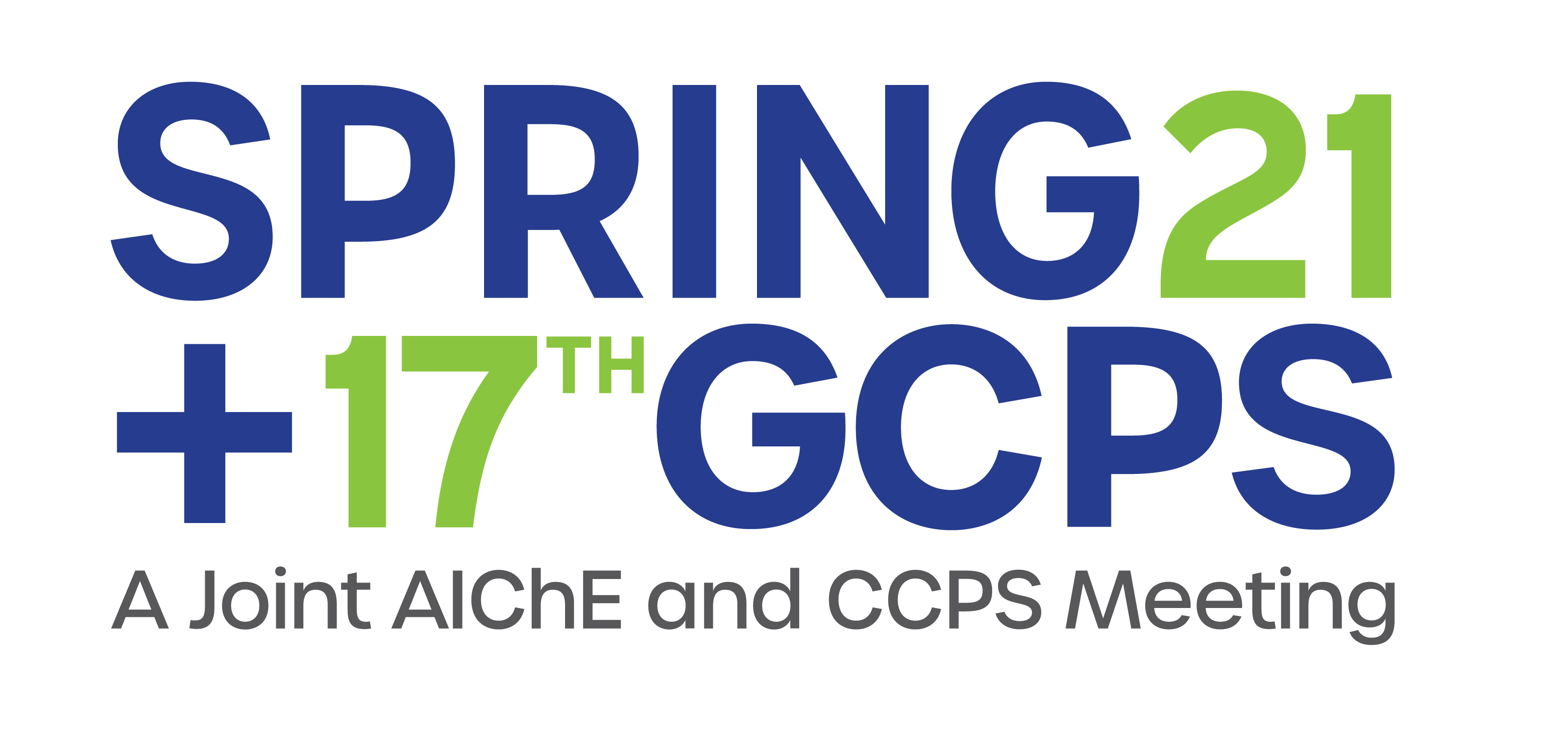

Performing a hazardous area classification (HAC) analysis, also known as electrical area classification, has long been a crucial part of hazard prevention practices across facilities that handle flammable/ combustible material. These terms represent the same work process, but are often are confusing depending on the industry. Various organizations such as NFPA and API in the United States and ATEX and IEC in Europe and Asia provide guidance on how a HAC analysis should be performed and the basic distances to define the HAC boundaries. In the United States, OSHA mandates a documented HAC analysis be performed to classify locations depending on the properties of the flammable gas, flammable liquid–produced vapor, combustible liquid–produced vapors (aka flammable/combustible material) that could be present, and the likelihood that a flammable or combustible concentration or quantity is present at these facilities.
Currently there are various approaches to define HAC boundaries based on the guidance provided in documents such as NFPA 497 and API RP 500. The common approach taken by many includes simply labelling an entire process block with a conservative classification rating based on the process conditions and materials handled in the block. This quick and broad-brush approach to defining the hazardous area boundaries and classifications often results in an overly conservative boundary and classification. As a result, operators may then purchase and install more costly electrical/electronic equipment, which can add to maintenance costs over the life of the facility and possible hazards for maintenance personnel.
A more recent approach to defining HAC boundaries and classifications that could remove some of the conservatism of the previous method described above is the point-source method. To develop a hazardous area classification around the process equipment, this method reviews:
- the process streams to identify the flammable/combustible material(s), and their process pressures and flows;
- selected process source equipment that handles the flammable/combustible materials, and the
- use of expert judgment and the guidance provided in recommended practice documents.
Point-source analysis leads to a more accurate HAC boundary that is shaped by the specific process equipment and equipment layout rather than encompassing an entire process block. Considering all equipment that handles a flammable/combustible material is a costly endeavor and in some cases such analysis is not needed to produce a reliable HAC contour to reflect appropriate potential ignition mitigations and controls addressed by Recognized and Generally Accepted Good Engineering Practices (RAGAGEP).
Presenter(s)
Language
Pricing
Individuals
| AIChE Member Credits | 0.5 |
| AIChE Pro Members | $19.00 |
| AIChE Graduate Student Members | Free |
| Safety and Health Division Members | Free |
| AIChE Undergraduate Student Members | Free |
| AIChE Explorer Members | $29.00 |
| Non-Members | $29.00 |
